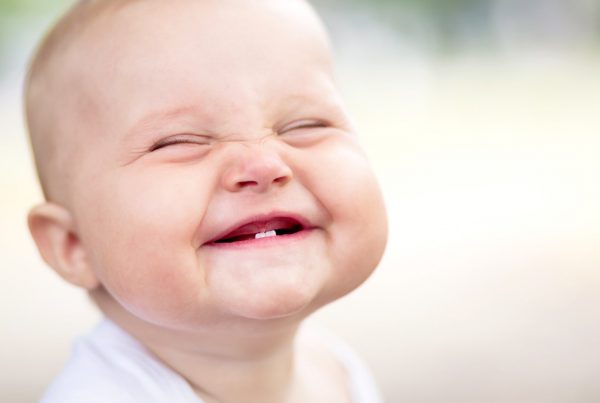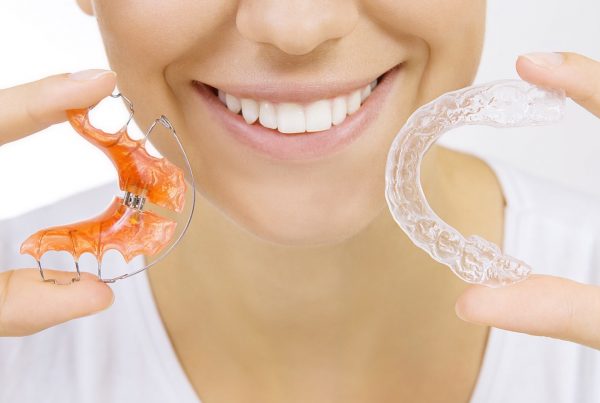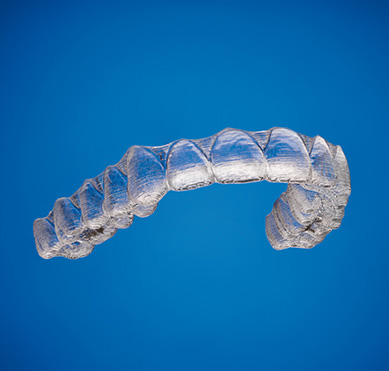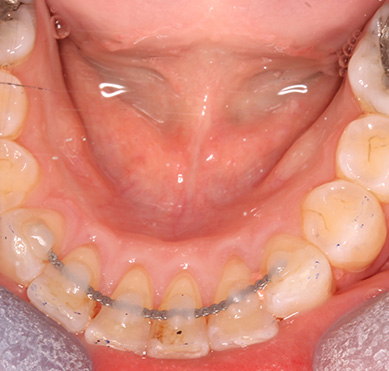‘Orthodontic’ means ‘straight teeth’. So the idea of orthodontic treatment is to get the teeth straight and get rid of crowding and overlap by using some sort of brace.
When treating kids and teenagers with braces, the aim is to improve chewing as well as straighten them. One of the aims is to correct the bite by shuffling the back teeth around into the best position. This takes time (generally around 18 months to 2 years) and is best done by an orthodontic specialist.
For the majority of young patients who require braces, the best time to have treatment is when all of the baby teeth have gone. This is generally in the early teens but there are lots of reasons why it may be done earlier or later so don’t hold me to this. Sometimes an orthodontist will cleverly try to time treatment with a growth spurt. On other occasions, the orthodontist may need to wait until your child has finished growing. Again, everyone is different and has different treatment needs.
There are lots of different types of braces. The one that most people think of are the ‘train track’ style braces. These are probably most widely used for kids. There are also braces that you can take out. The downsides with these is that if your child can take them out, they need to make sure they are wearing it enough for it to actually work. The dentist will be able to tell if it’s not being worn enough so there’s no getting away with it!
Often, teenagers require teeth to be removed for braces. The reason for this is to create the space required to move the teeth and get a stable end result. It’s something to be aware of if you think that your child may benefit from braces.
Retention
Please note that we have now added a whole article on retainers that you can read here
The final thing to mention about braces for teenagers is that after the treatment, ‘retention’ is vital. When I say ‘retention’, I basically mean holding the teeth in that final position. After finishing treatment (and this applies to adults as well) the teeth that have been moved will always want to move back to their original position. For this reason, it is important that ‘retention’ is used for as long as you want the teeth to stay straight.
There are different types of retainers. You can have retainers that are fixed to the back of your teeth or you can have retainers that you wear at night. You can even have both. Whatever you have, you need something because otherwise the teeth will try to move back and all that time wearing braces will be wasted.
As I said, this goes for anyone of any age who is having treatment with braces. Retention after treatment is key to hold the teeth in the correct position.
Keep updated with the Online Dentist newslettersign up today
Recent Articles
 Your child’s dental development (from 0 to 18 years old) As a general rule, we should all have 2 sets of teeth; 20 baby teeth (also called milk teeth) and...
Your child’s dental development (from 0 to 18 years old) As a general rule, we should all have 2 sets of teeth; 20 baby teeth (also called milk teeth) and...
 Once you, or your child, have had orthodontic treatment (or braces) to straighten your teeth and help correct your bite, your orthodontist will advise you to wear retainers. Retainers are...
Once you, or your child, have had orthodontic treatment (or braces) to straighten your teeth and help correct your bite, your orthodontist will advise you to wear retainers. Retainers are...






